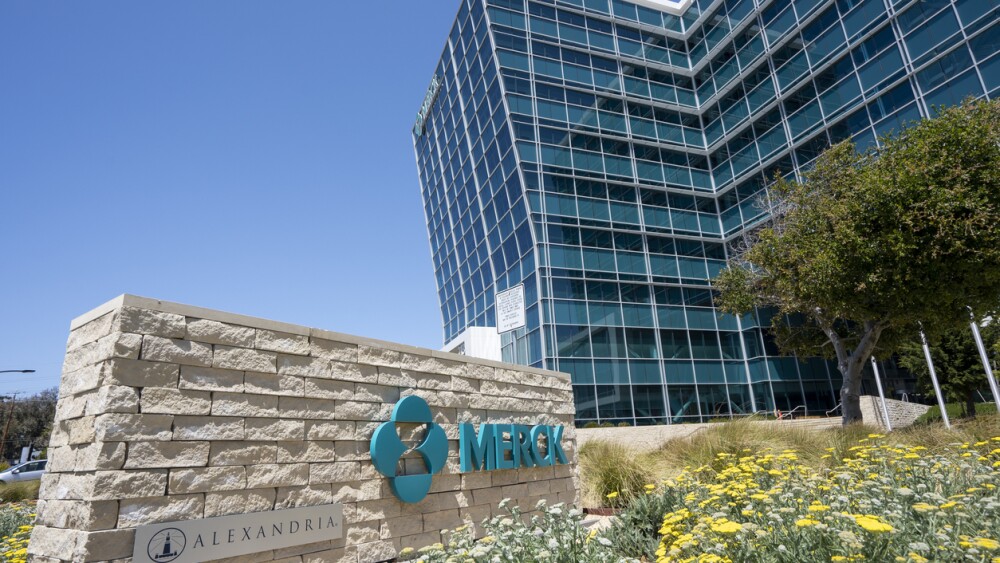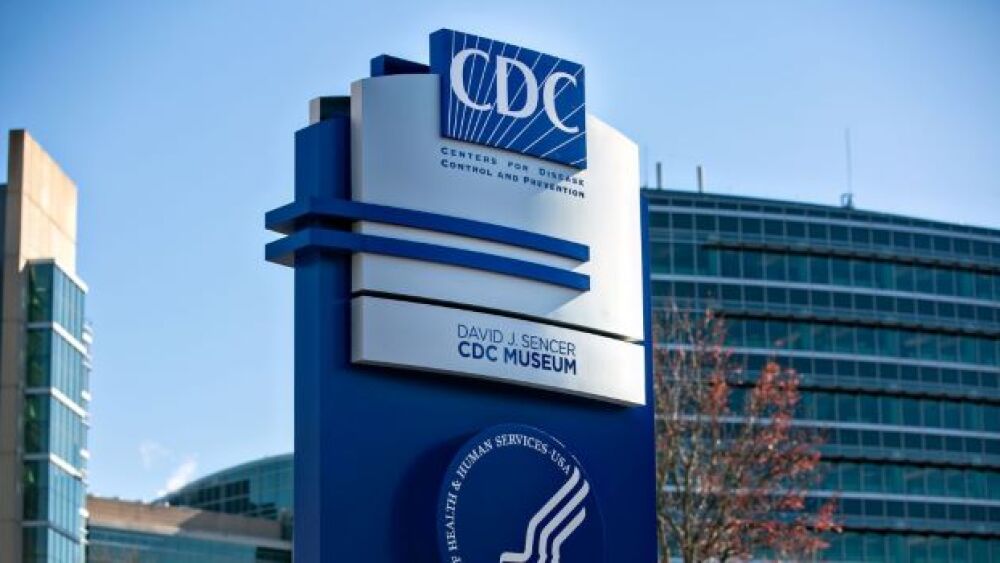One of the key takeaways from BIO-Europe Spring 2020 was that there is a keen need for greater collaboration and communications among the biotech community, government, non-governmental organizations and the public.
One of the key takeaways from BIO-Europe Spring 2020, which was held virtually March 23-27, was that there is a keen need for greater collaboration and communications among the biotech community, government, non-governmental organizations and the public.
Companies were working on vaccines long before the COVID-19 outbreak in China was announced and more have launched efforts since then. As moderator Phyllis Arthur, V.P. of infectious disease and diagnostics policy at BIO, pointed out, there are nearly 350 clinical trials for COVID-19 worldwide. More than 40 of those are in the U.S. Globally, 29 are in Phase III and 213 are in Phase II, according to Informa’s Citeline database.
BIO, with more than 1,000 members, is connected to more biotech companies than perhaps any other organization in the world. To develop diagnostics, therapeutics and vaccines, “We are organizing our Coronavirus Collaborative Institute to maximize our ability to share information and minimize duplication and opaqueness,” said Jim Greenwood, president and CEO of BIO.
“A number of companies need additional resources they may not have – viral isolation kits, for example,” Greenwood said. “The website hub.bio.org is where companies can post needs and what they can share, to maximize the ability of our member companies to combat this pandemic.”
There are other resources, too. As Richard Hatchett, CEO of the global epidemic preparedness group CEPI, said, “CEPI is a facilitator to match up partners, investing in enabling science.” It provides funds to private and public organizations and is working on priority pathogen with multiple partners.
Before the COVID-19 outbreak occurred, CEPI was already thinking about vaccines and had a platform for development ready.
“When the sequence was released, our alarm went up,” Hatchett said.
Hatchett expects 10 vaccine projects in trials within 10 weeks of the time the sequence was announced.
Individual companies are working, literally, around the clock.
Moderna developed a vaccine, taking it from sequence data to Phase I clinical trials in 42 days. While that trial is ongoing, the company is starting to make the materials for Phase II trials and working with the FDA, with a hope to begin those trials this spring. The goal, Stephane Bancel, Modern CEO, said, is to launch Phase III trials at the end of this year or early 2021.
“The question,” he says, “is how many people can we safely expose this summer, to get the positive immunogenicity titer that we can use in the fall for health care workers and high-risk individuals?”
Regeneron is taking two approaches. “We mimic what a virus does, exactly, in a humanized mouse and get exactly the kind of protective response we get in humans. This creates passive immunity, so you have to keep administering these vaccines to prevent infection,” said George Yancopoulos, president and CEO. “Those vaccines will be in the clinic in a couple of months and available for trials by the end of summer.” His team also is pursuing anti IL-6 therapies, which target the inflammatory pathway. “The worst part of the whole COVID-19 situation isn’t mild disease,” Yancopoulos said. “It’s the small percentage of people who are forced to go to the hospital critical care units. This could prevent them from needing a ventilator. This was the only promising therapy to come out of China, and it could change the face of this epidemic. We are working with the FDA and BARDA to test it.” Johnson & Johnson’s multi-tranche approach involves working with BARDA to develop an adenoviral vaccine based on the AdVac® platform, as well as partnering with other companies and medical schools, according to Hanneke Schuitemaker, global head, viral vaccine discovery and translational medicine, Janssen Pharmaceuticals. “When the cell line platform is operational, we could produce 300 million doses per year. We’re working to increase capacity,” Schuitemaker said.
While these organizations strive to end the pandemic, they also want to establish a framework to handle future epidemics.
“This is a real opportunity to come together, to show we are one, to rise above,” Yancopoulos said.
“Once we deal with the pandemic, could we, with the help of coalitision, set up a large plant that could make large quantities of doses in 40 days or less, and for a few million dollars?” Bancel asked. The idea resonated with many of the participants.
“COVID-19 will transform the world and the perspective of governments regarding epidemic threats and preparedness,” Hatchett said. “We have to create a world with sufficient, rapid production capacity for therapeutics, small molecules, and vaccines. We’re working actively with development banks, the G7 and G-20, and individual governments to identify the financial instruments we can bring to bear, that will enable others make the investments they need to rapidly scale and globalize their production capacity.”
“The question for all of us is, ‘What do we want the post-COVID world order in emerency preparedness to look like?” Hatchett continued. “We must design for it now.”






